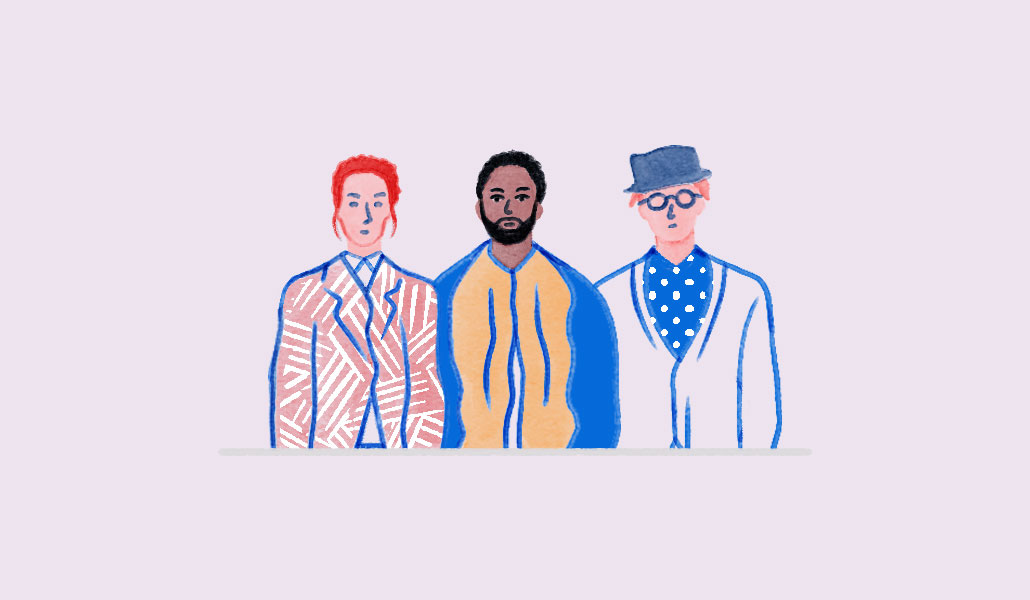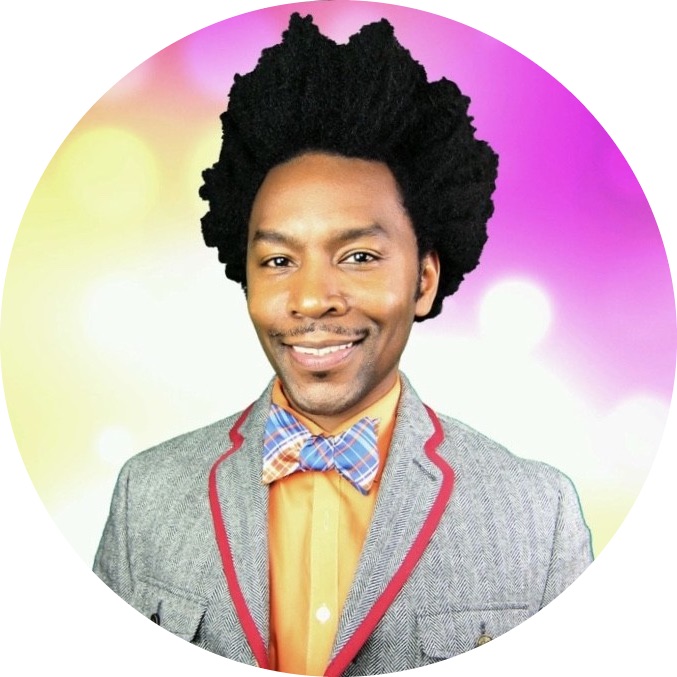How senior leaders are challenging workplace dress-code traditions

Workplace dress codes are coming into question as more people return to offices — particularly when it comes to what higher-ups and leaders wear on the job and what their clothing says about how they fit in the role.
The issue came to the U.S. Senate late last month when it reversed its long-held unofficial business dress code, driven by Pennsylvania Senator John Fetterman’s typical look of shorts, a baggy button up and sometimes an oversized hoodie. Disapproving senators bandied together and got the dress code officially reinstated shortly after.
“Hard work was done, and sacrifices made, to ensure that our legislative branch of government wasn’t just housed in some tent,” said Senator Mitt Romney, who led the push to reinstate the dress code. “As senators, we should demonstrate a high level of reverence for the institution in which we serve — and our attire is one of the most basic expressions of that respect,” he said.
Those senators and many other people like them still firmly believe in dressing formally for work — that it’s tradition, showing respect and discipline towards one’s role and conveying to others they are fit for the job. But others acknowledge a shift toward more casual clothing in workplaces across industries and how one’s physical presence doesn’t necessarily correlate with their ability to do their job well.
That outlook, like many recent workplace trends, was accelerated by the pandemic – during which many people dressed very casually while working from home. Once people did begin to return to offices their change in attitude toward what they were willing to wear, was evidenced by shifting retail patterns as workers ditched traditional workwear like pencil skirts and blazers, in favor of more relaxed items. And yet dressing overly casual has gotten younger employees into hot water with HR teams previously.
Naturally, workwear shifts depending on the industry. Finance professionals for instance, are more inclined to stick with traditional corporate attire, whereas sectors like the advertising industry have long had a more relaxed, smart-casual style among senior leadership. But the senator’s case has resurfaced the topic of whether or not official work dress codes among senior leadership should be relaxed more generally.
For leaders, dressing more comfortably and authentically can also help others — especially those in younger generations — identify with and relate to them.
“Modern dress codes, whether posted or tacitly understood, need to take into account the new autonomy of employees, changing understandings of gender, legal developments, and the requirements of the work itself,” said Susan Scafidi, academic director of the Fashion Law Institute at Fordham University.
The share of workers across all levels dressing in business professional attire hit the lowest level since Gallup began collecting data on it in 2002 when it hit 3% this year. In 2019, about 7% of workers said they wear a suit or formal business wear to work.
This year about 40% of workers said they wear business casual attire, while 30% said they wear street clothes, which typically can include casual jeans or leggings and T-shirts. About 20% said they wear uniforms, according to that report.
When companies do have formal dress code policies in place, it’s most often for those in client-facing roles and in specific industries, said Corey Andrew Powell, marketing content manager at the National Society of Leadership and Success. “A majority of these policies are really for public facing purposes,” Powell said.
“But if you ask someone if they would prefer someone to do a job well in a pair of overalls and a T-shirt — versus someone who comes to work immaculate in a Brooks Brothers suit every day and they’re completely incompetent at what they’re doing — most logical people would choose the person who is just competent at the job,” he said.
He added that the youngest generation to enter the workforce today, Gen Z, is keen on rejecting long-held workplace norms, and that includes wearing traditionally formal work clothes. “They want to be represented in their own authentic self, which means they don’t want to show up dressed in a uniform or a suit and tie,” he said.
Societal perceptions are slowly shifting, but how workers (and leaders especially) present themselves will always communicate some kind of message.
“A traditional dark suit and tie can place a man in the context of a long line of male political and business leaders, though strategic departure from the norm can also be effective — think Ukrainian President Volodymyr Zelensky in an olive drab t-shirt or Steve Jobs in his famous turtlenecks,” Scafidi said.
But when departing from the norm does not convey a clear message like “we’re at war” or “we’re a creative company,” she said it can cause confusion and controversy. “Do John Fetterman’s shorts and hoodies mean that he’s a down-to-earth guy or disrespectful of the institution of Congress?” she added.


